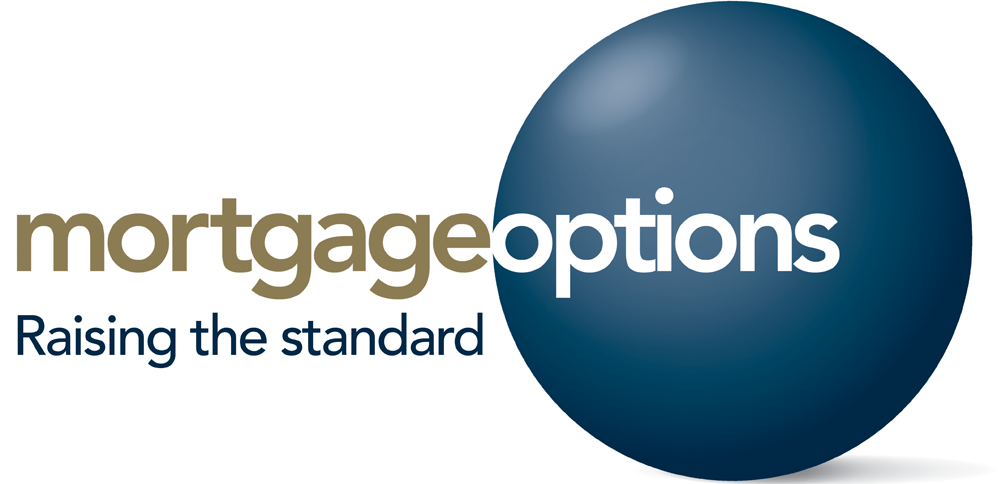Think carefully before securing other debts against your home. Your home may be repossessed if you do not keep up repayments on your mortgage.
Some buy to let mortgages are not regulated by the Financial Conduct Authority.
Becoming a private landlord should not be seen as an easy way of making money. It can be riskier and more complicated. It can also be very time consuming more than most forms of investment, and there is no guarantee that house prices will rise. That said, having a second property to let to tenants could reap considerable financial rewards over time.
There are 3 main differences in buy to let mortgages:
- Rent Potential – the decision as to whether or not a mortgage will be offered is usually based on the rent you will earn as well as your income.
- Interest Rate – buy to let mortgages have slightly higher interest rates.
- Larger Deposit – typically a minimum of 20% or 25% of the property’s value is required as a deposit.
When buying a second property to let, you will need to decide whether your primary objective is income or capital growth. In other words, are you looking to make a profit month on month, or are you looking to make a profit through increased equity from the second property if it increases in value over time?
When you manage a property there are many costs involved in addition to the monthly mortgage repayments. As a guide, you should be aiming to achieve a gross rent of about 125% of the rental property’s interest only mortgage repayments in order to cover your costs should anything go wrong.
These additional costs include:
- Property upkeep – maintenance costs for the property.
- Letting agent’s fees – letting agents charge around 10% of the monthly rent for finding and vetting tenants with an additional cost of around 5% if you require a full management service.
- Ground rent / service charges – applicable to leasehold properties.
- Legal insurance – to cover costs from evicting tenants in the event of non-payment, very important, as this can be very expensive.
- Insurance – building insurance and contents insurance for the items provided as part of the rental agreement.
- Furnishings – the purchase of any furniture. If the property is to be let furnished, make sure you are covered for this by your home insurance.
- Gas / electrical appliances – cost of maintaining appliances and ensuring they comply with any regulations such as safety tests.
- Decorating costs – the property may require work ranging from painting to a new bathroom suite before it is suitable for letting to tenants.
There is no guarantee that it will be possible to arrange continuous letting of the property, nor that the rental income will be sufficient to meet the cost of the mortgage.
When choosing a property to let it is wise to take advice from local letting agents to determine what types of properties are in need and which parts of the town are best or most wanted. They can tell you if there is a University in the town, and if students are looking for somewhere to live.


